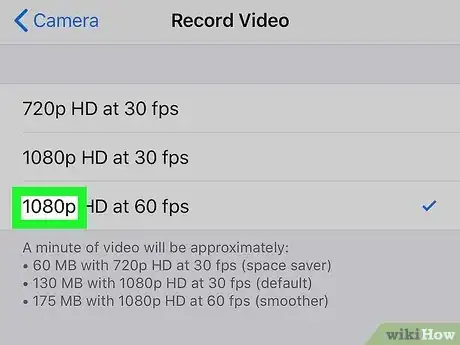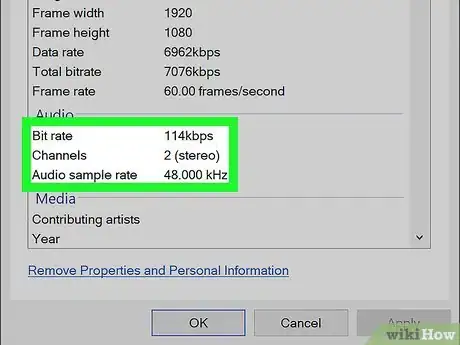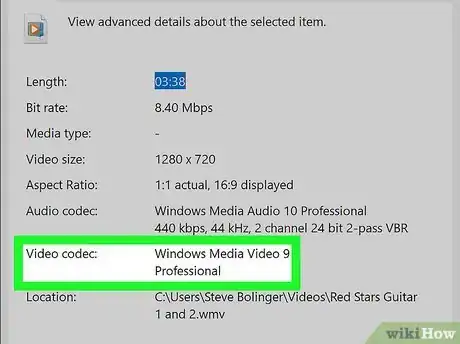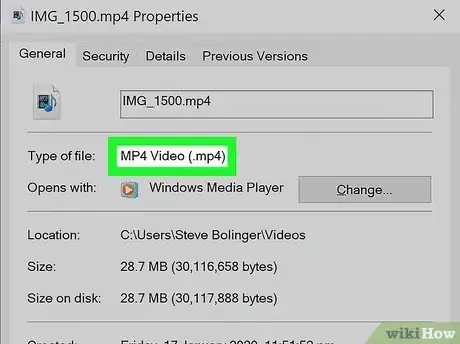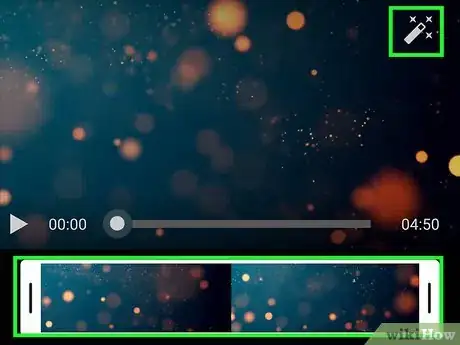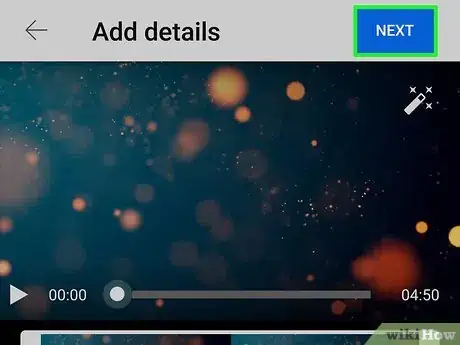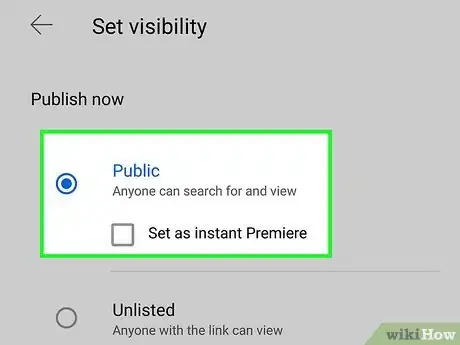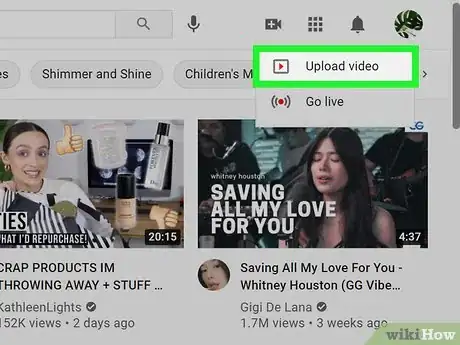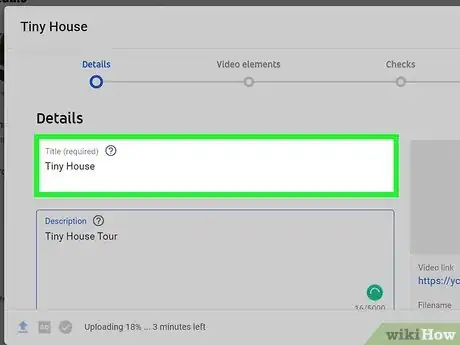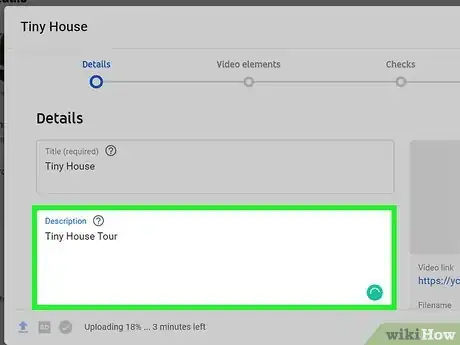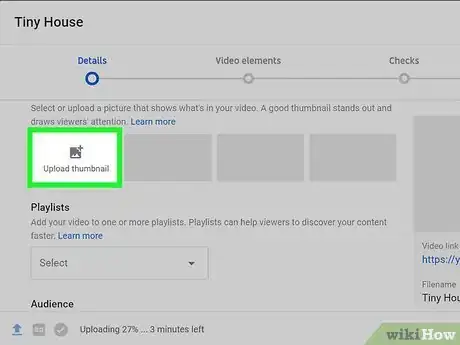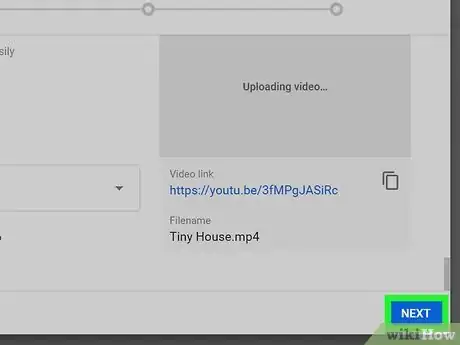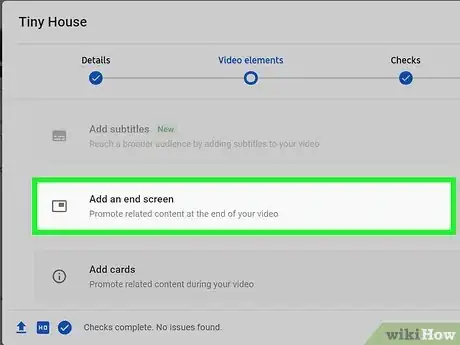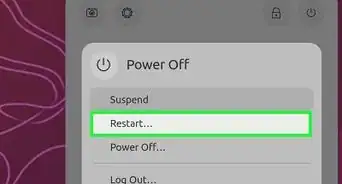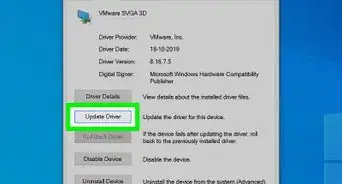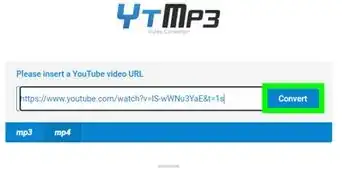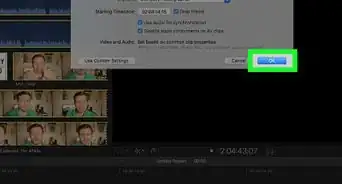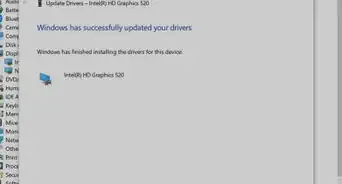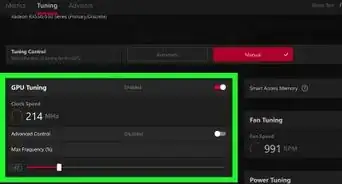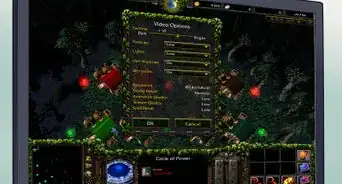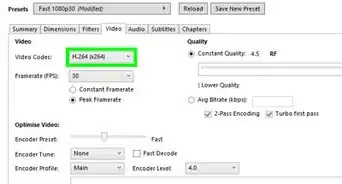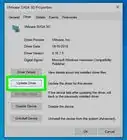This article was co-authored by wikiHow staff writer, Darlene Antonelli, MA. Darlene Antonelli is a Technology Writer and Editor for wikiHow. Darlene has experience teaching college courses, writing technology-related articles, and working hands-on in the technology field. She earned an MA in Writing from Rowan University in 2012 and wrote her thesis on online communities and the personalities curated in such communities.
This article has been viewed 193,240 times.
Learn more...
This wikiHow teaches you how to format your High-Definition video for YouTube so that it plays in full HD-format. YouTube supports a variety of HD formats from 720p to 2160p (4K). When you upload the HD video, it will appear in a lower resolution at first—this is normal, and only happens because it takes a while to process HD video.[1] YouTube recommends marking the video as "Unlisted" so nobody will the low-quality version. Once the video is fully processed, you can change it to Public.
Steps
Creating the Video
-
1Record the video in HD or 4K resolution. Before you can upload an HD video to YouTube, you'll need to make sure you've recorded the video in a high-definition format.[2] YouTube recommends recording in any of the following HD resolutions to properly fit its default 16:9 aspect ratio:
- 720p: 1280 x 720 (HD)
- 1080p: 1920 x 1080 (Full HD)
- 1440p: 2560 x 1440 (Full HD)
- 2160p: 3840 x 2160 (4K)
- If your phone has HD recording abilities (like many iPhones and Androids), you'll be able to find these settings in the Settings menu of your camera. For instance, tapping a gear icon on the screen of a Samsung Galaxy s10e will bring you camera settings where you can choose the resolution.
-
2Use the correct frame rate. Use the same frame rate your video was recorded in to encode and upload it. Common frame rates are 24, 25, 30, 48, 50, and 60 frames per second (fps).[3]Advertisement
-
3Select the proper video bitrate. Video bitrate is the rate at which the video codec encodes the video playback. Your video should be optimized for your video resolution, framerate, and whether or not your video has high dynamic range (HDR). YouTube recommends the following bitrates for standard framerates (24 - 30 fps) and high framerates (48 - 60 fps):
- 2160p: Standard framerate: 35-45 Mbps, High framerate: 53 -68 Mbps.
- 2160p (HDR): Standard framerate: 44 - 56 Mbps, High framerate: 66 - 85 Mbps.
- 1440p: Standard framerate:: 16 Mbps, High framerate: 24 Mbps.
- 1440p (HDR): Standard framerate: 20 Mbps, High framerate: 30 Mbps.
- 1080p: Standard frame rate: 8 Mbps, High frame rate: 12 Mbps.
- 1080p (HDR): Standard framerate: 10 Mbps, High framerate: 15 Mbps.
- 720p: Standard frame rate: 5 Mbps, High framerate: 7.5 Mbps.
- 720p (HDR): Standard framerate: 6.5 Mbps, High framerate:: 9.5 Mbps.
-
4Use the AAC-LC audio codec with a 48khz or 96khz sample rate. This is the recommended audio format for YouTube videos. YouTube also supports mono, stereo, and 5.1 surround sound channels.
-
5Use the H.264 video codec. H.264 is the most common compression format for HD video.[4]
-
6Save the video in a supported format. YouTube recommends videos be uploaded in MP4 format. However, almost all popular formats are supported by YouTube, including MP4, MPEG4, AVI, MOV, WMV, and FLV.[5]
Uploading the Video on Mobile
-
1Open the YouTube app. Look for the red rectangle icon with a white sideways triangle inside. You'll find it on one of your home screens, in the app list, or by searching.
- If you have not verified your YouTube account, you can only upload videos that are a maximum length of 15 minutes with a maximum size of 20GB. Verified accounts can upload videos that are up to 12 hours long and 128 GB in size.
-
2Tap +. It's at the bottom-center. A menu will expand.
-
3Tap Upload a video on the menu.
- At this point, if it's your first time uploading a video to YouTube in the app, you'll also be prompted to give the app permission to access your phones, camera, and microphone. Follow the on-screen instructions to do so. After that, tap the + again and select Upload a video.
-
4Select your HD video. a video from your list. You'll be able to select your pre-recorded video from the list of media below the recording options. A preview will appear.
-
5Edit the video (optional). The two tabs at the bottom—the scissors and the magic wand—contain trimming and filter options, respectively.
- To trim the video, drag the sliders at either end to the desired start and end points.
- To add effects, tap the magic wand and select a filter.
-
6Tap the Next button. It's at the top-right corner.
-
7Add a title and description. Tap Create a title to name your video—this sets the video's name on YouTube. To add a description, tap Add description and enter some information about the video. The title field has a limit of 100 characters and the description field has a limit of 5,000 characters.
- Using relevant language and keywords in your title and description will help people find your video when searching.
-
8Select a privacy level. The privacy level is set to Public by default. Tap Public next to the globe icon to switch it to Unlisted (viewers will need the link to view) or Private (only you can see it) if you'd like.
- Although you're uploading an HD video, it will initially appear in a lower resolution until HD processing is complete. If you don't want anyone to see the lower-quality version, set the video to Unlisted now and set it as Public later. Another option is to tap Scheduled in the list of privacy options and choose a time at least 2 hours into the future to automatically set the video as Public.
-
9Select if the video is for kids or not. YouTube now requires you to select the audience the video was made for. No, it's not made for kids is the default option—if the video is specifically for children, tap that option and select Yes, it's made for kids. After making a selection, you can also tap Age restriction to choose which age groups can watch the video.
-
10Tap the UPLOAD button to upload the video. You'll see this in the top right corner of your screen.
- After you upload a video, you can open the YT Studio app (if you don't have it, get it from the App Store or Play Store) to change the privacy to Public if you initially set it as Unlisted. Just launch the app, tap the video, tap the pencil icon, change the privacy, and then tap SAVE.
Uploading the Video on a Computer
-
1Go to https://www.youtube.com in a web browser. This is the website for YouTube.
- If you are not signed in automatically, click Sign In in the upper-right corner.
- If you have not verified your YouTube account, you can only upload videos that are a maximum length of 15 minutes with a maximum size of 20GB. Verified accounts can upload videos that are up to 12 hours long and 128 GB in size.
-
2Click the video camera icon with a plus sign. It’s near the top-right corner of the page. A menu will expand.
-
3Click Upload video. It’s the first item in the drop-down menu.
-
4Click Select File. It's the blue button in the center of the screen. This opens your computer’s file browser.
- You can also drag and drop a video in the center of the window.
-
5Select the video and click Open. The video will begin uploading to YouTube.
-
6Enter a title for the video. By default, the file name will be the title of the video. If you want to give it a different name, you can type it under the box labeled "Title".
-
7Enter a description of the video. Use the box labeled "Description" to type a brief description of the video.
-
8Select a video thumbnail. After the video is done processing, this step will be available. This is a still from the video that will display as the video’s thumbnail when your video appears is a video search.
- You can also click the Upload thumbnail box and select a custom thumbnail to upload.
-
9Select if the video is for kids or not. YouTube now requires you to select the audience the video was made for. If the video was made for kids, tick "Yes, it's made for kids.". If it's not made for kids, tick "No, it's not made for kids."
- To comply with the Children's Online Privacy Protection Act (COPPA), YouTube requires you to set the audience for each video you upload. If a video is marked as "Made for kids" features such as personalized ads, comments, info cards, and end screens will not be available. YouTube may set the audience settings for videos that are marked incorrectly. Intentionally marking videos incorrectly may result in consequences from YouTube. [6]
- If your video has content that may be inappropriate for kids, you can click Age Restriction (Advanced) and then tick Yes, restrict my video to viewers over 18 only.
-
10Click More Options (Optional). The More Options button at the bottom of the page displays more settings for your video. You can find the following options under "More Options:"
- Paid Promotions: If your video has paid promotions, tick "This video contains paid promotion like a product placement or endorsement." You can then tick the option if you want to add a message to inform viewers of paid promotions.
- Tags: Tags are keywords that users type in the search bar to display your video in a search.
- Language, subtitles, closed captions (CC): After you select a language, you can select a caption certification, and even upload a subtitles script file, if you have one.
- Recording date and location: If you want this information to be public, you can make it so.
- License and Distribution: Here you have the option to select the Standard YouTube License or the Creative Commons License. You also have the option to allow embedding and publish to subscriptions feed.
- Category: Here you can select a category for the video and enter information related to the video
- Comments and Ratings: Choose whether to allow all comments, hold inappropriate comments for review, hold all comments for review, or disable comments. You can also customize comment order here.
-
11Click Next. It's the blue button in the lower-right corner.
-
12Add end screens or cards (Optional). You can use end screens and cards to promote related content during and after your video. To add an end screen or card, click Add to the right of "Add and end screen" or "Add Cards". To enter the video card editor.
- To return to YouTube Studio from the video card editor, click Return to YouTube Studio in the upper-right corner.
-
13Set your video visibility. This sets who is allowed to view your video and how easy it is to find. You can change the visibility at any time after uploading.
- Public: This allows anyone to search and view your video.
-
Unlisted: This only allows those with a link to view your video.
- You might want to upload the video as unlisted first as HD processing can take a few hours. After the processing is complete, you can make your video public. By publishing the video as unlisted first then publishing it later, your viewers will only see the HD video resolution.
- Private: This only allows those you choose to view your video.
-
14Schedule a publish date (optional). You have the option to set when you want the video to be published. To schedule a publish date, click Schedule and then use the drop-down boxes to select the date and time you want the video to be published. Then click Schedule in the lower-right corner.
-
15Click Done. It's the blue button in the lower-right corner. This saves your video settings. Your video will be published immediately, or at the time you schedule for it to publish. You will then be presented with a window that gives you the option to share your video on social media.
References
- ↑ https://support.google.com/youtube/answer/71674
- ↑ https://support.google.com/youtube/answer/6375112?co=GENIE.Platform%3DDesktop&hl=en
- ↑ https://support.google.com/youtube/answer/1722171?hl=en
- ↑ https://www.haivision.com/resources/streaming-video-definitions/h-264/
- ↑ https://support.google.com/youtube/troubleshooter/2888402?hl=en
- ↑ https://www.youtube.com/watch?v=-JzXiSkoFKw
About This Article
1. Record in a video at 720p or higher, with an H.264 video codec, and an AAC-LC audio codec.
2. Go to https://www.youtube.com/ and sign in.
3. Click the icon that resembles a camera with a plus (+) sign and click Upload Video.
4. Drag and drop the video you want to upload to the window in the center of the web browser.
5. Enter a title, and description for the video.
6. Select if the video is for kids or not.
7. Click Next.
8. Add video cards or click Next.
9. Click Done.
